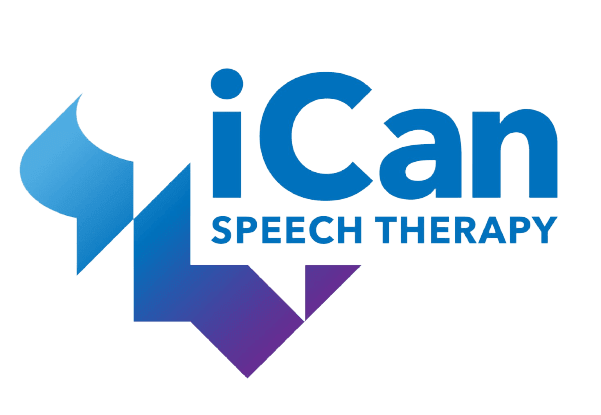
Voice

A voice disorder occurs when voice quality, pitch, and loudness differ or are inappropriate for an individual’s age, gender, cultural background, or geographic location. When present, an individual expresses concern about having an abnormal voice that does not meet daily needs—even if others do not perceive it as different or deviant
Voice disorders are categorized as follows:
- Organic—physiological voice disorders that result from alterations in respiratory, laryngeal, or vocal tract mechanisms.
-~Structural—organic voice disorders that result from physical changes in the vocal mechanism, such asalterations in vocal fold tissues (e.g., edema or vocal nodules) and/or
structural changes in the larynx due to aging.
~ Neurogenic—organic voice disorders that result from problems with the central or peripheral nervous system innervation to the larynx that affect functioning of the vocal mechanism, such asvocal tremor,
spasmodic dysphonia, or
vocal fold paralysis. - Functional—voice disorders that result from inefficient use of the vocal mechanism when the physical structure is normal, such asvocal fatigue, muscle tension dysphonia or aphonia, diplophonia, or ventricular phonation.
Intervention is designed to
- establish appropriate vocal hygiene routines/practices;
- capitalize on strengths and address weaknesses related to underlying structures and functions that affect voice production;
- improve self-awareness of voice quality and kinesthetic factors (e.g., tension);
- facilitate the individual’s activities and life participation by assisting the person in acquiring new communication skills and strategies;
- modify contextual factors to reduce barriers and enhance facilitators of successful communication and participation; and
- provide appropriate accommodations and other supports as well as training in how to use them.
American Speech-Language-Hearing Association. (2016). Scope of practice in speech-language pathology [Scope of practice]. http://www.asha.org/policy/SP2016-00343/
Contact Information
Office location
105 Paul Mellon Ct. Suite 20, Waldorf, MD 20602Give us a call
(301) 263-7330Send us an email
[email protected]